
Curator’s statement
In my opinion, Egypt is the ultimate bucket list location. Bustling cities, incredible historical sites, engaging museums, leisurely river cruises and (although not covered in this itinerary) picturesque beach getaways. Egypt is a captivating blend of ancient wonders and vibrant culture, where the pyramids and Sphinx stand as awe-inspiring testaments to human ingenuity. From cruising the serene Nile River to exploring bustling bazaars, Egypt promises to leave you with unforgettable memories.
The Fora Difference
Book with Haley to access exclusive perks and experiences on your trip.
Killer perks
Free upgrades, spa credits and more—we got you
Personalized recs
Customized travel planning for your style
Insider knowledge
Expert advice from people who’ve actually been there
Where to stay
Unlock perks by contacting Haley to book your trip.
Day 1: Arriving in Cairo
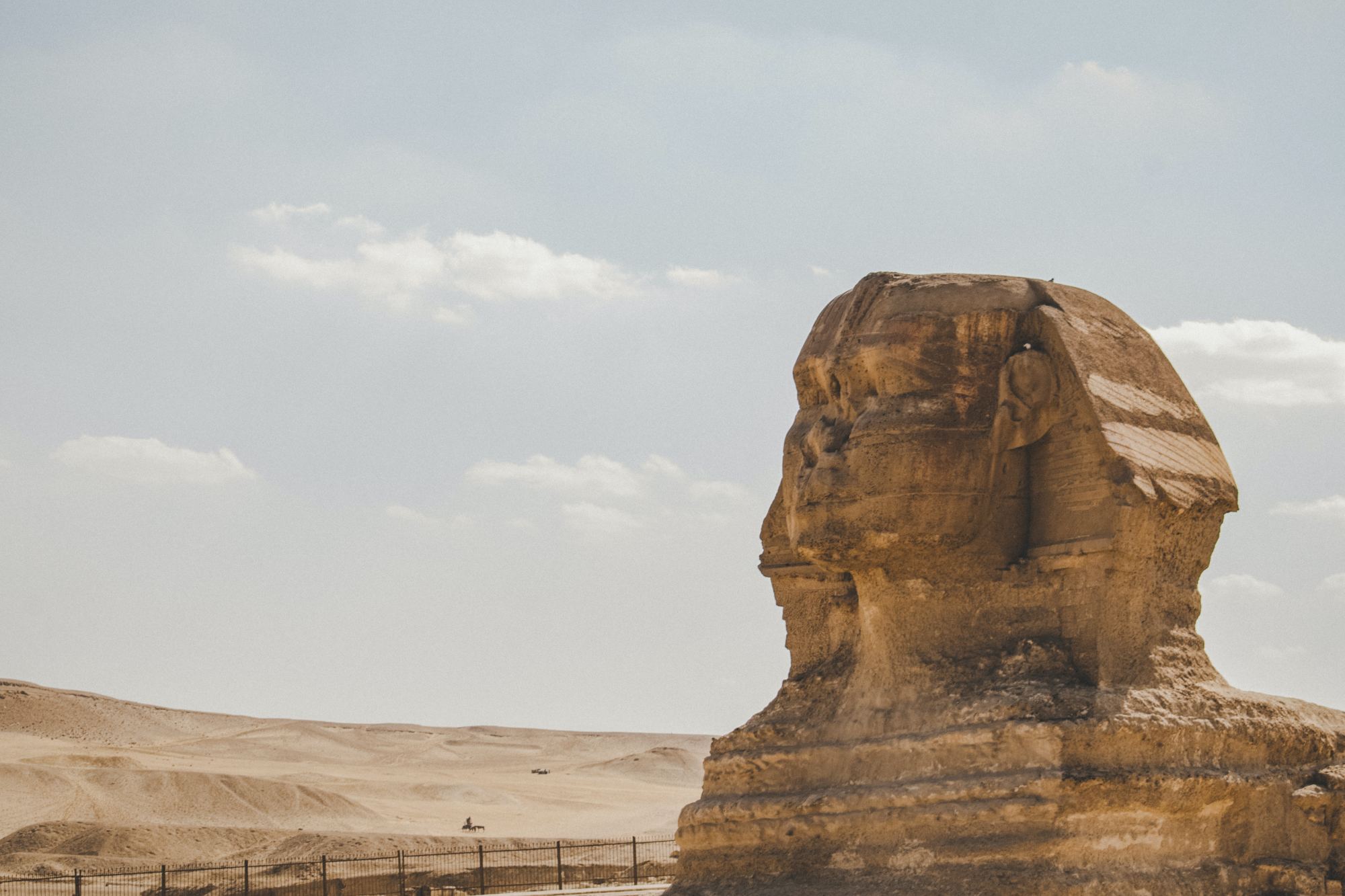
After arriving at Cairo International Airport, take a transfer to your hotel. If you're staying near the pyramids, it will take you about an hour. If you're staying at the Marriott Mena House (which is nestled at the base of the pyramids), walk around the picturesque Pavilion Gardens before stopping for dinner at 139 Pavilion. Make sure to sit on the patio for live music and views of the pyramids.
Day 2: Checking Out the Pyramids
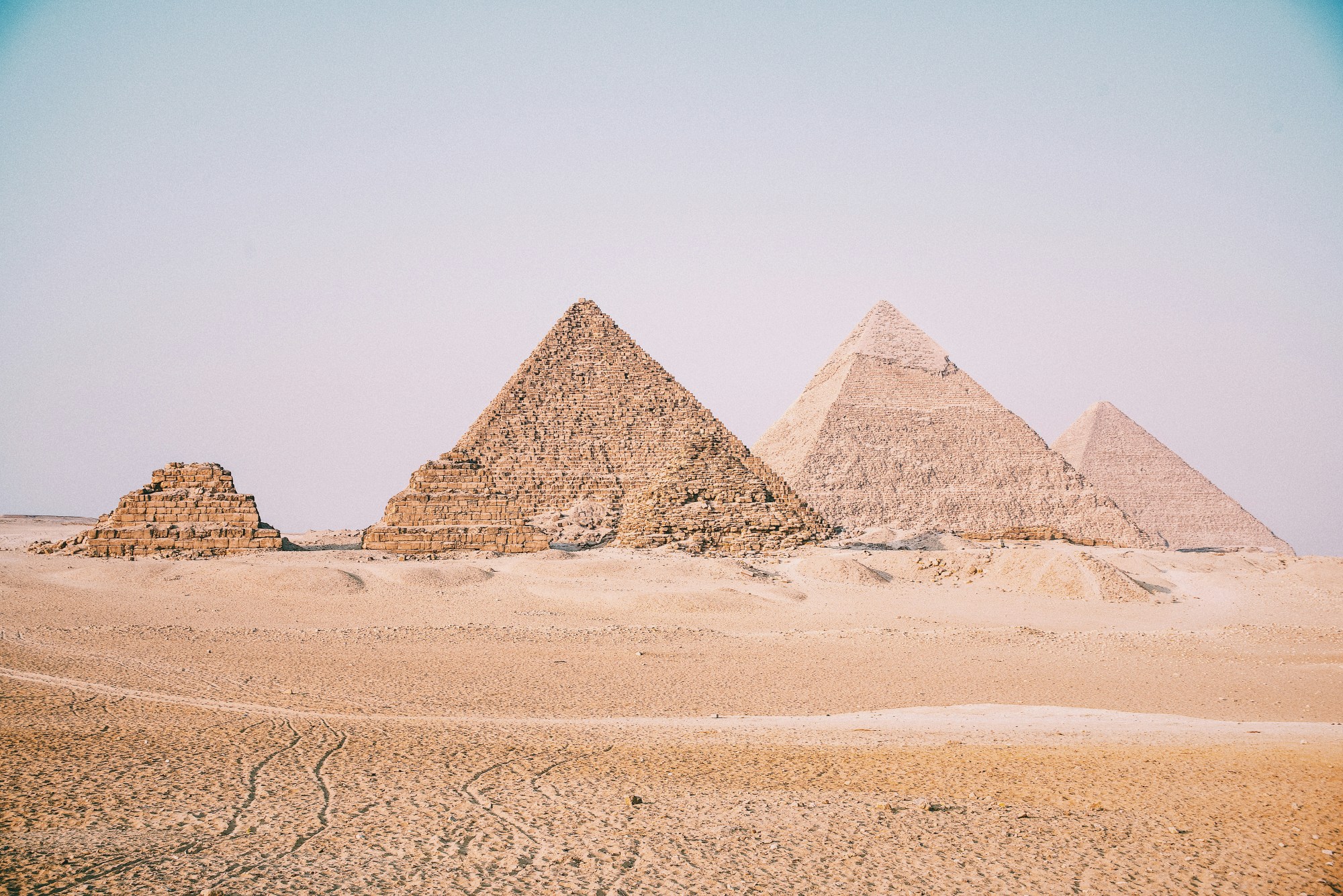
Go all out with pyramids on Day 2 with stops at Giza, Saqqara and Memphis. Start at the Giza Plateau to see the UNESCO-listed pyramids and Sphinx. Next, head to Saqqara to admire Djoser’s step pyramid – the oldest pyramid in Egypt and constructed nearly 4,700 years ago – and visit some Old Kingdom tombs. Head inside the pyramids of Teti and Unas for breathtaking examples of Old Kingdom hieroglyphs. If you have time, explore the open-air museum at Memphis, home to statues, sphinxes and other remnants of what was Egypt’s oldest capital.
Day 3: Cairo’s Essential Historic Destinations
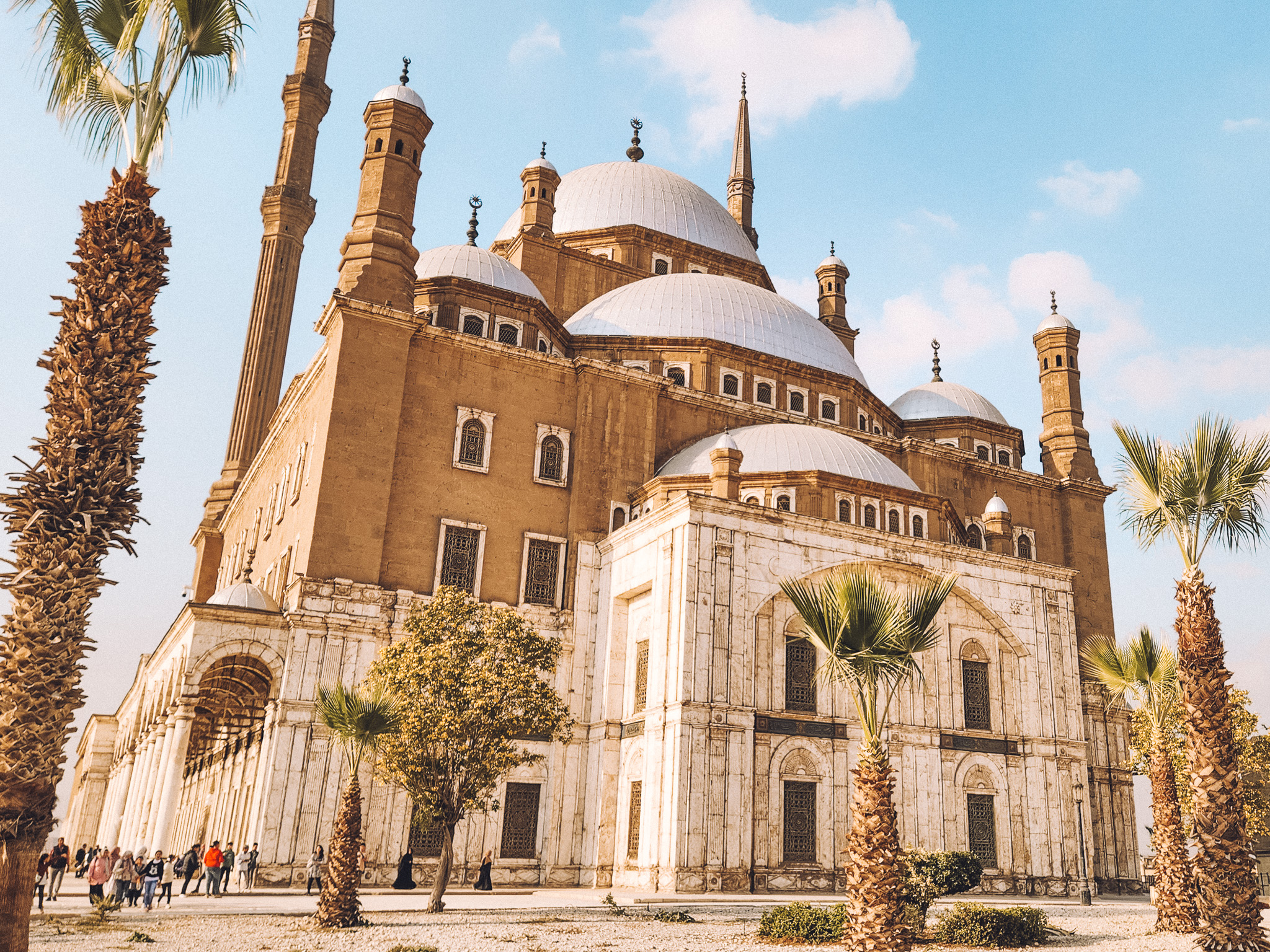
Visit Old Cairo, also known as Christian Coptic Cairo, which is among the most important locations visited by the Holy Family and where the spiritual impact of their presence is still felt. Go to the crypt below Abu Serga Church and see the gilded icons that adorn the Hanging Church.
Continue your day with a visit to the Citadel of Cairo or "Citadel of Saladin" and the famous mosque of Mohamed Ali or "The Alabaster Mosque." With its towering minarets and stunning views of Cairo's skyline, the Citadel offers a glimpse into Egypt's storied past.
End your day by visiting the ancient Egyptian royal mummies at The National Museum of Egyptian Civilization (NMEC). From awe-inspiring pharaonic exhibits to insightful glimpses into daily life along the Nile, the museum offers a captivating narrative of Egypt's past. The museum also houses 17 kings and three queens of ancient Egypt.
If you are a fan of Arabic food and music, Oberoi Khan Al Khalili Restaurant is a must. Oberoi pays more than a tribute to the legend with supremely delicious food matched equally by its musicians. It's pricey by local standards, but worth it for the atmosphere. On your way to dinner, take in the sights of the Khan el Khalili Bazaar.
Day 4: Day Trip to Alexandria

Most journeys to Egypt begin and end in Cairo, but a mere three-hour drive will bring you to Alexandria.
Hit the road early to Egypt’s second-largest city to uncover the Greco-Roman origins of this beautiful, laid-back Mediterranean city and see its stunning highlights. Descend into the Roman Catacombs of Kom el Shoqafa, visit Pompey’s Pillar and stroll through the awe-inspiring contemporary library - a spectacular, disc-shaped building that evokes the memory of the ancient Library of Alexandria.
For lunch, grab a kebda eskandarani. The Alexandrian specialty consists of fried beef liver with spicy seasonings and a side of chili peppers. Don't be surprised when you go back for seconds, or thirds.
Day 5: Transfer to Luxor
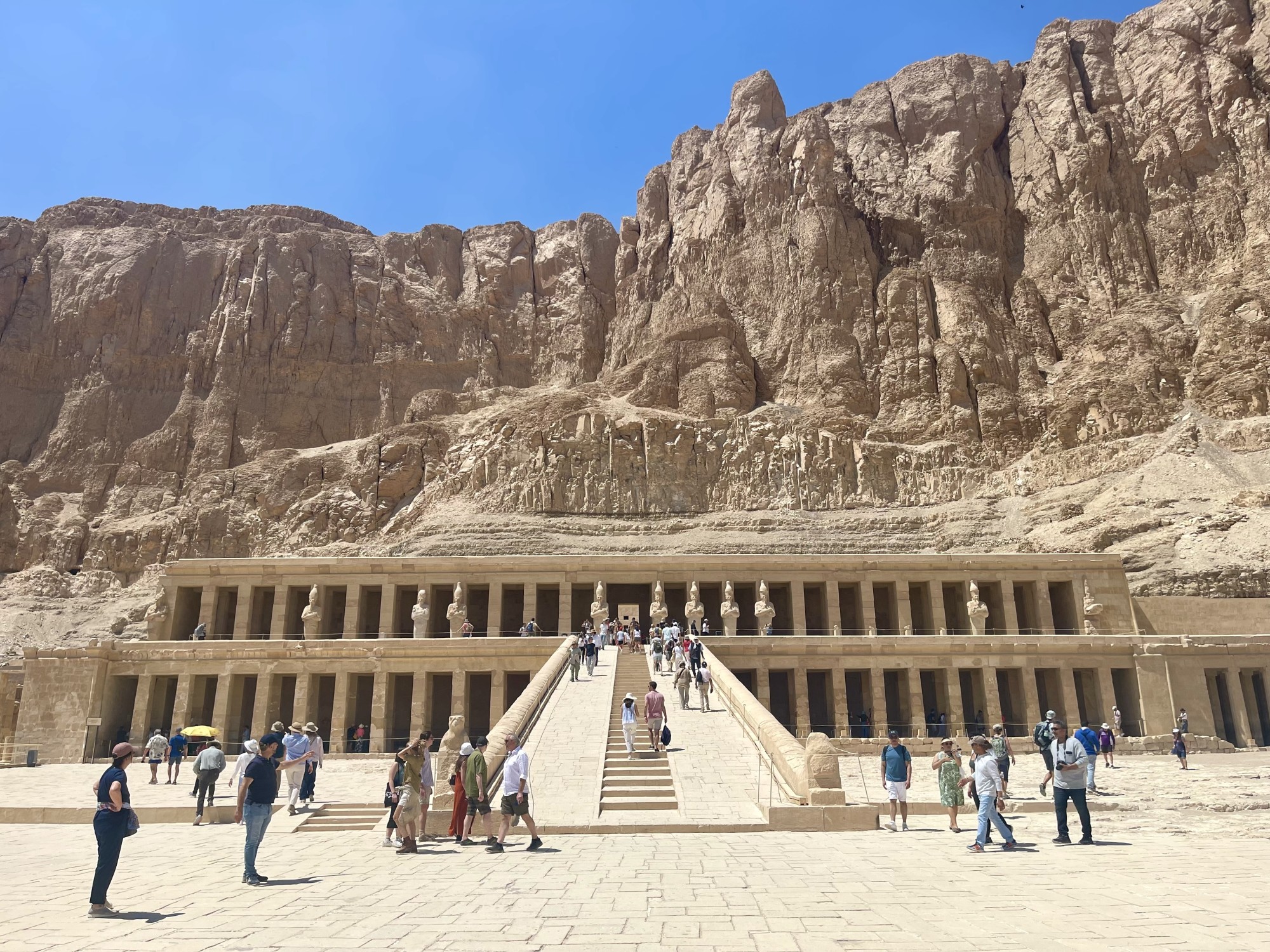
Depart from Cairo International Airport and head to Luxor. After checking in to your hotel, head to the Sound and Light Show at Karnak Temple. This hour-long outdoor show walks you through Karnak Temple at night, telling visitors the story of the complex and the many personalities who contributed to its construction.
Day 6: Touring the East Bank of Luxor
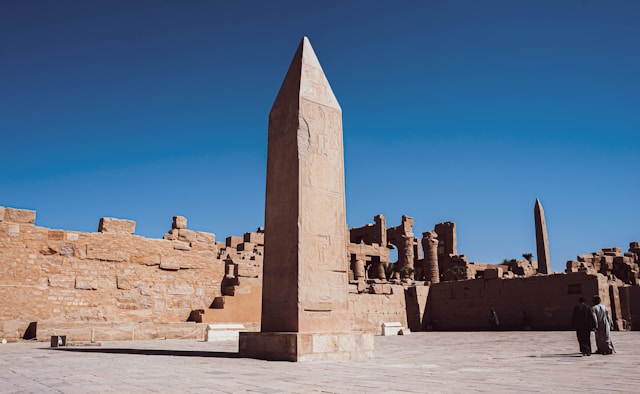
Your day starts back at Karnak Temple. Trust me, it'll look completely different during the day. Step into the colossal world of Karnak Temple, where towering pillars whisper tales of ancient Egyptian grandeur and devotion. From the awe-inspiring Hypostyle Hall to the mystical Avenue of Sphinxes, this archaeological marvel invites you to stroll through history and marvel at the architectural prowess of a civilization lost in time.
Next, head to Luxor Temple. From its majestic obelisks to the illuminated grandeur at sunset, this timeless site invites you to immerse yourself in the captivating charm of ancient Egyptian history.
If you're staying at the Sofitel Winter Palace Hotel, spend the afternoon on the beautiful pool deck and sip on hibiscus tea.
Day 7: Touring the West Bank of Luxor
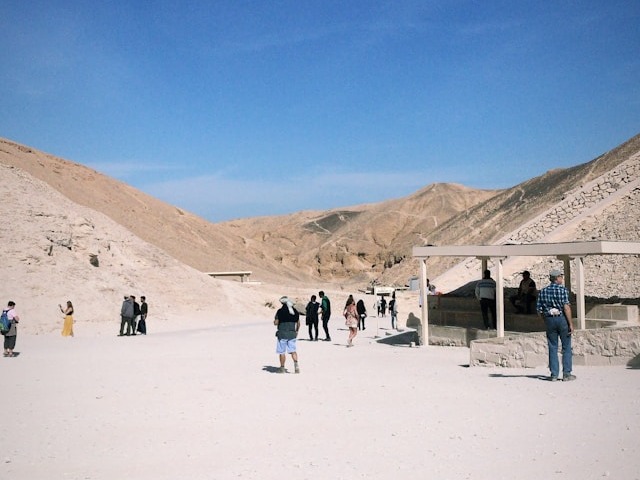
The absolute must of your trip to Egypt is a visit to the Valley of the Kings – the final resting place of the ancient pharaoh kings – and the Valley of the Queens. In both valleys, your entrance ticket grants you access to multiple tombs.
For an additional price, you are able to add tickets to other tombs, including Tutankhamen and King Seti I. If available, add on a visit to Queen Nefertari's tomb in the Valley of the Queens. Adorned with vibrant frescoes depicting the queen's journey through the afterlife, this tomb offers a rare and poignant glimpse into the affection and reverence of one of Egypt's most celebrated queens.
Stop at the mountainside Temple of Queen Hatshepsut to see a truly one-of-a-kind temple built by the powerful female ruler of Egypt.
On the way back, stop for a photo at the Colossi of Memnon, which mark the remains of the temple of the great pharaoh Amenhotep III (grandfather of Tutankhamen).
Day 8: Taking in the Luxor Museums
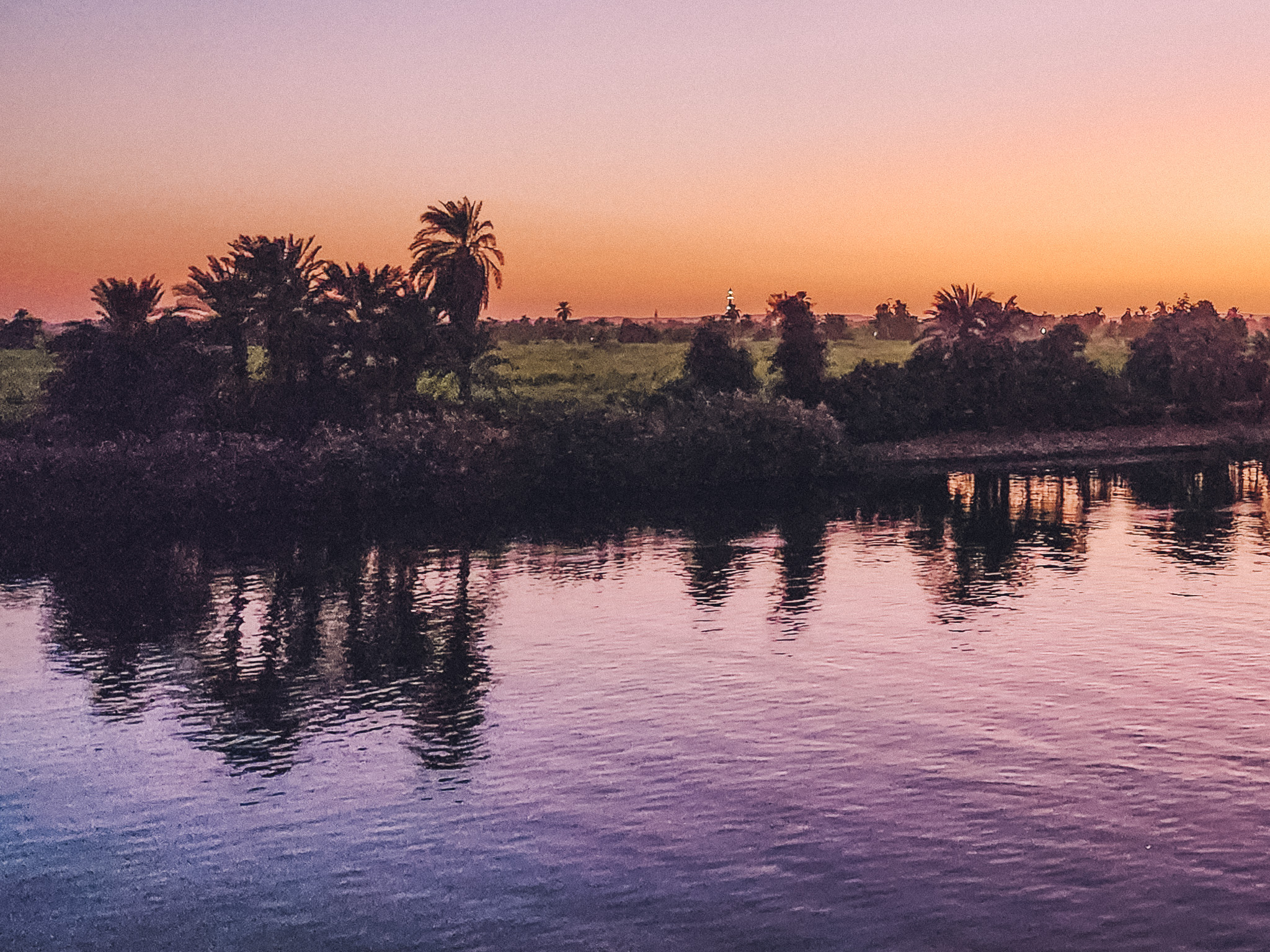
Visit the Mummification Museum in Luxor to gain a better understanding of the process of preserving the body and the importance it held for ancient Egyptians. Learn about the 70-day process, check out archeological relics of the tools used in the process and see the embalmed remains of humans, cats, dogs and crocodiles.
Next, head to the Luxor Museum, which will take you on a journey through Egypt's rich history in a more intimate setting. With its curated collection of artifacts – including statues, jewelry and royal mummies – the museum provides a vivid and accessible snapshot of the fascinating tales that unfolded along the banks of the Nile.
Day 9: Road Tripping to Abydos and Dendera Temple
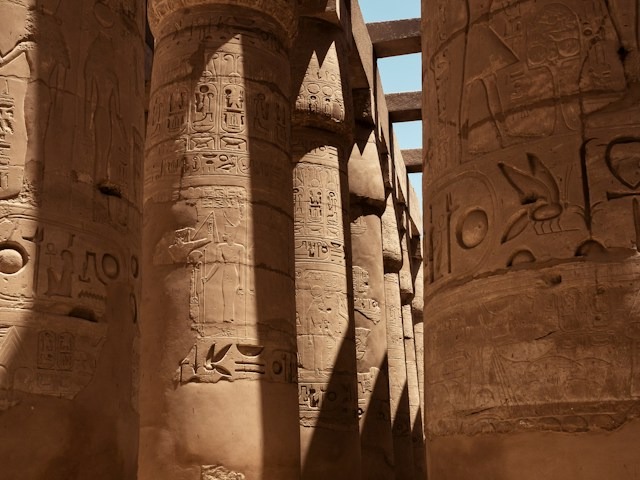
A little bit of a trek, and some of it is on pretty bumpy roads, but a trip to Abydos and Dendera Temple is absolutely worth the trip. The temple in Abydos was built by King Seti I, the father of Ramesses II, and is considered to contain some of the most beautiful reliefs in Egypt.
Dendera Temple is like stepping into an ancient discotheque with its stunningly preserved zodiac and celestial ceiling. In addition, you'll be able to see some of the only reliefs of Cleopatra VII and her son Caesarion, fathered by Julius Caesar, represented there.
Day 10: An Extra Day on the West Bank
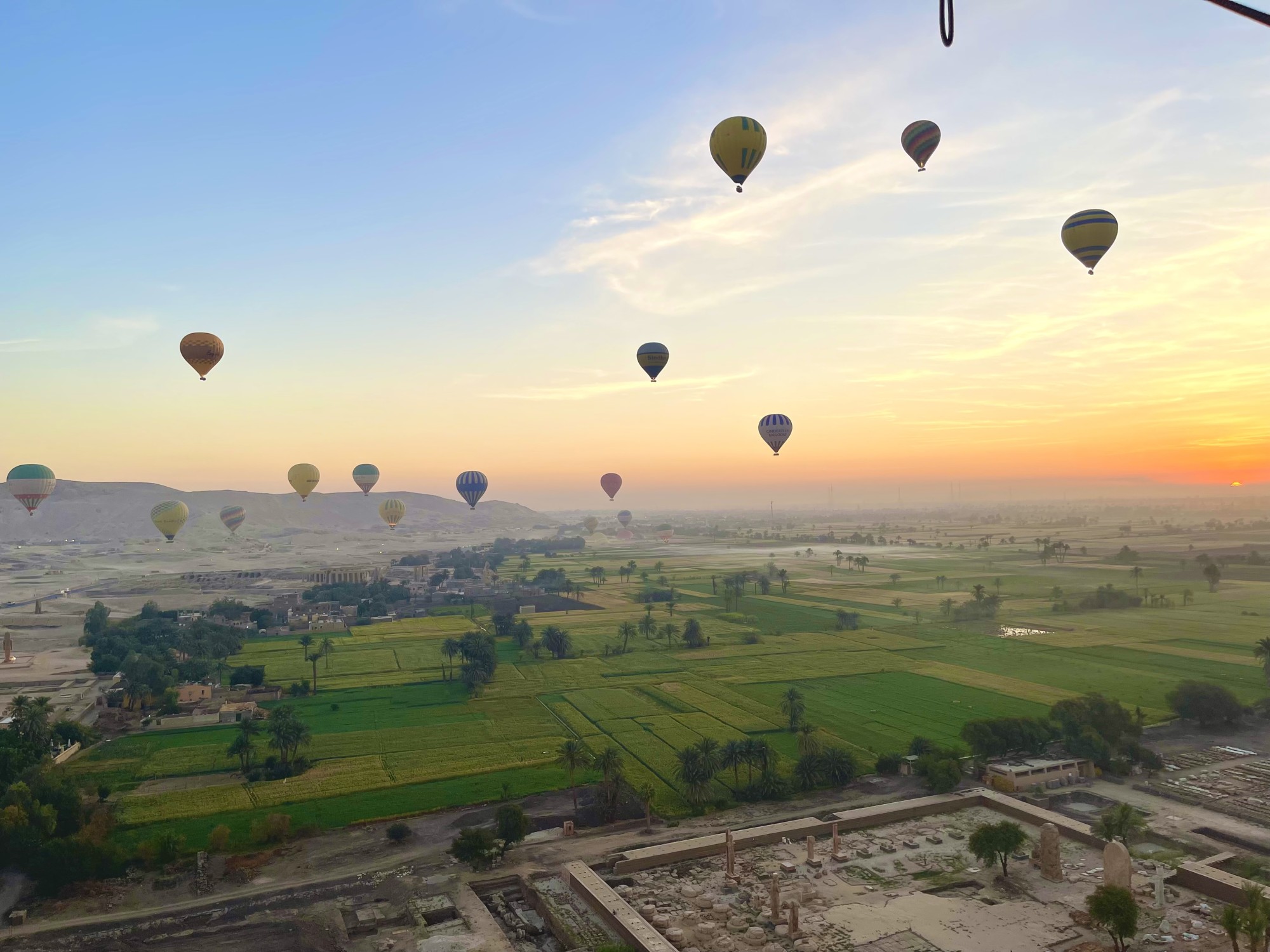
Wake up early. I mean really early, and head back to the West Bank. But trust me, the breathtaking view as you fly in a balloon over Luxor at sunrise is absolutely worth it. Take in views of Hatshepsut's mortuary temple, the Nile, the East Bank and more as you float above Luxor.
Once you land (in the brace position – IYKYK), head to some of the lesser-visited, but just as important, sites in Luxor. Visit the Valley of the Nobles and Deir el Medina to see the tombs of artisans who decorated the tombs in the Valley of the Kings. Stop by the tomb of Sennefer, known as The Tomb of the Vines, to see a truly unique tomb filled with imagery of vineyards and grapes on the ceilings.
Finally, head to Medinet Habu. See the genius of the architecture, which is vividly seen in this temple and the attached royal palace. Visitors come here mainly for the outstanding wall reliefs – enormous depictions of pharaohs, gods and battles.
Days 11-15: Sail Down the Nile & Day 16: Trip to Abu Simbel

After departing your cruise ship, drop your bags at your hotel and head to the airport for a day trip to Abu Simbel. A colossal masterpiece in the desert, Abu Simbel brings you face-to-face with the iconic statues of Ramesses II. The awe-inspiring temples, with their colossal statues and intricate carvings, offer a firsthand encounter with the architectural prowess and cultural richness of a civilization that has stood the test of time. If you added the Nefertari tomb in the Valley of the Queens, you'll come full circle at the second temple at Abu Simbel, which is dedicated to her and represents her importance during the reign of Ramesses II. Afterwards, head back to Aswan.
Day 17: Touring Aswan
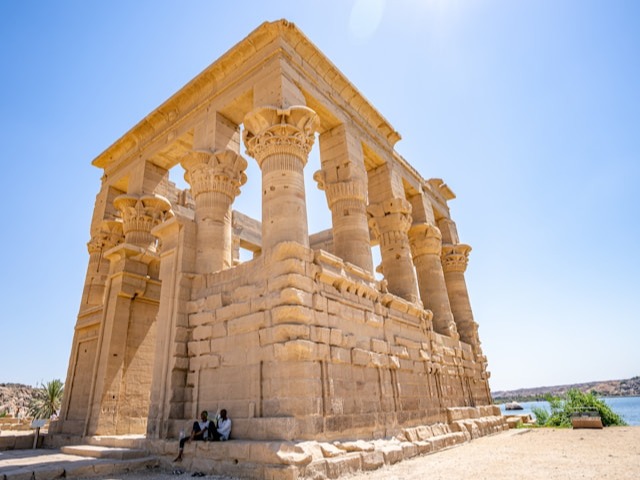
This day is dedicated to knocking out many of Aswan's sites. Start at The Unfinished Obelisk in Aswan’s granite quarries, the source of much of the red granite used for the colossi and ancient temples. The Unfinished Obelisk still lies where it was carved, after a crack was found. Next, head to the The Temple of Philae. You'll likely have to drive over the High Dam to get there, and if you want to add it on as a stop, you definitely can. Walk through the Philae Temple, which is situated on an island in the Nile and is a captivating sanctuary that combines ancient Egyptian and Greco-Roman architecture.
If you aren't staying at the Sofitel Legend Old Cataract, stop by for a tour of the iconic property where Agatha Christie wrote Death on the Nile. If you have time, the afternoon tea service is very fun, and surprisingly filling.
Day 18: Travel Home
Sadly, your trip is over. Grab an early flight out of Aswan back to Cairo and then you're on your way home.

Travel Advisor
Haley Jones

Get in touch with Haley
Did you like this guide? Reach out to customize and book your own experience. Or, just to chat about travel in general.
You can normally expect a response from Haley within a business day or so. You’ll also be subscribed to our travel newsletter (you can unsubscribe at any time).
This guide is part of our ongoing series on travel to Egypt. Looking for more travel inspiration? Check out my guide, An All Bubbles Guide to Napa.